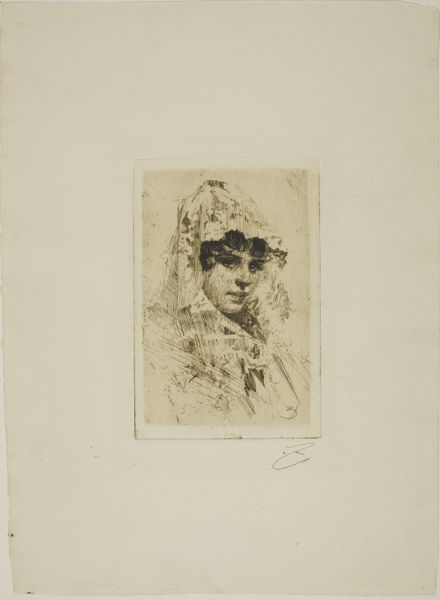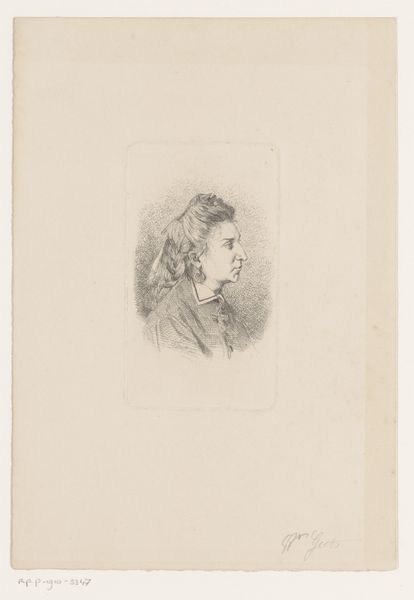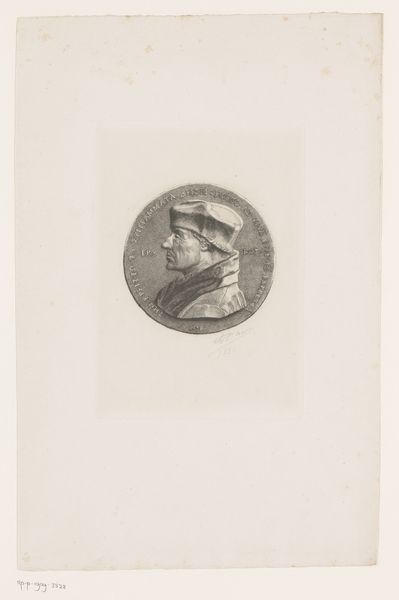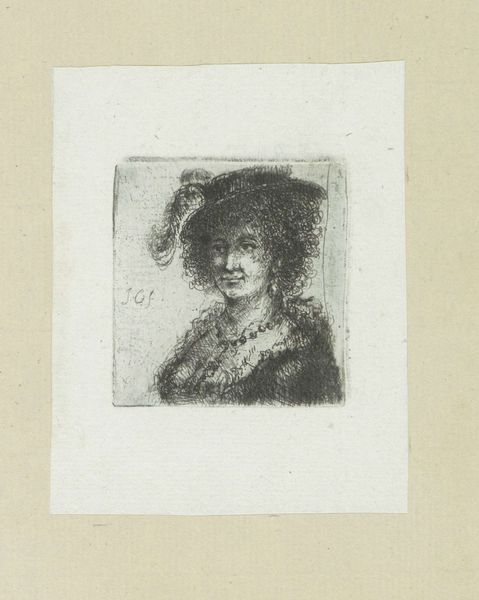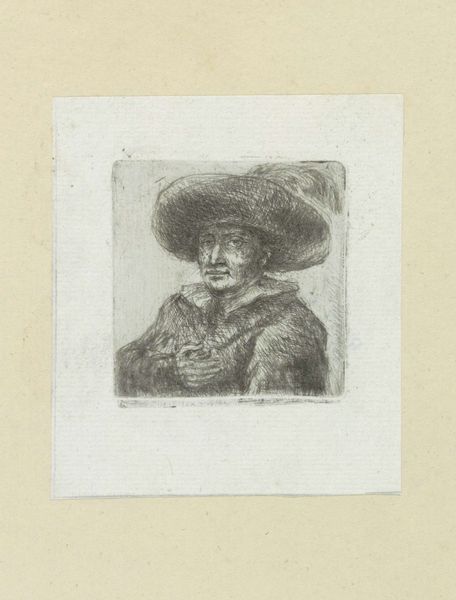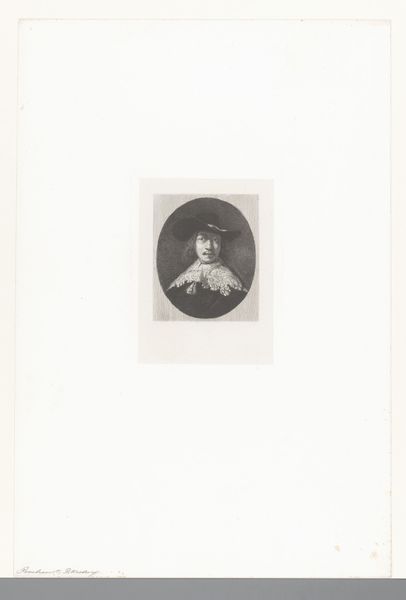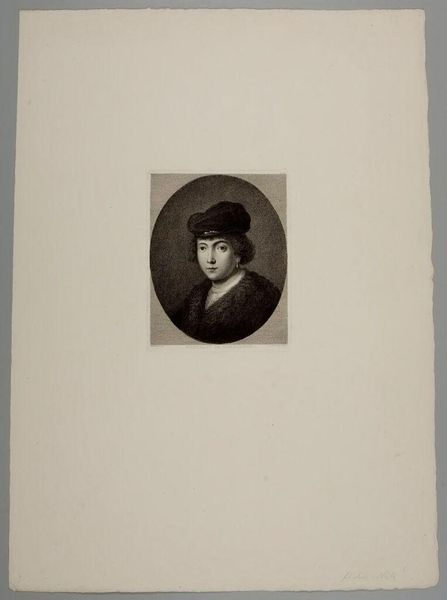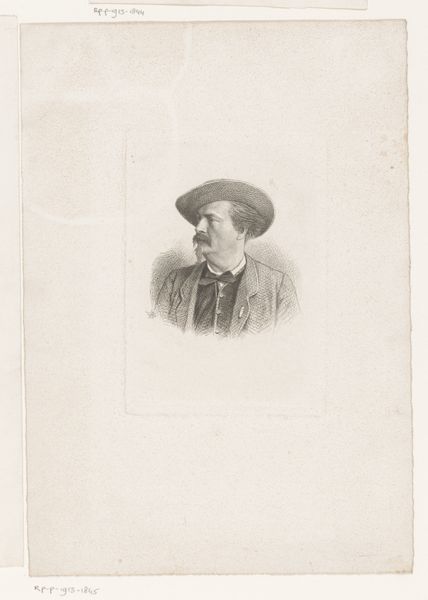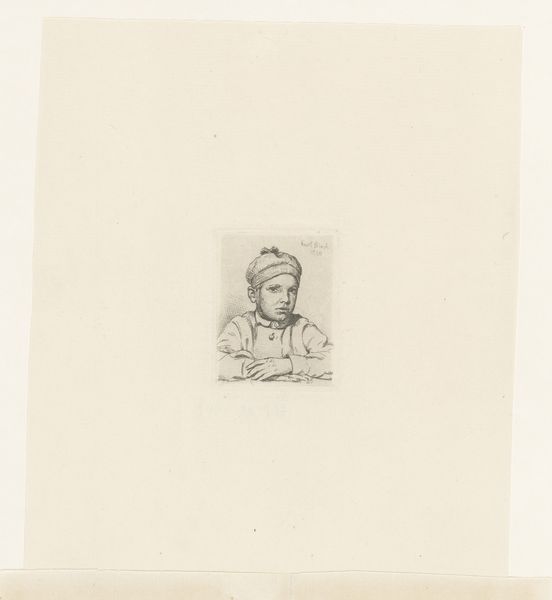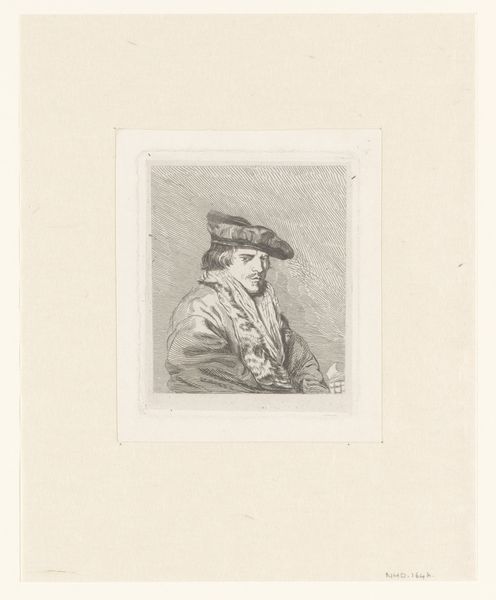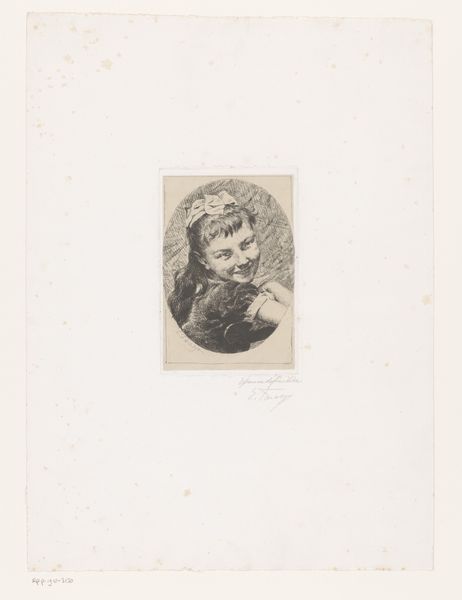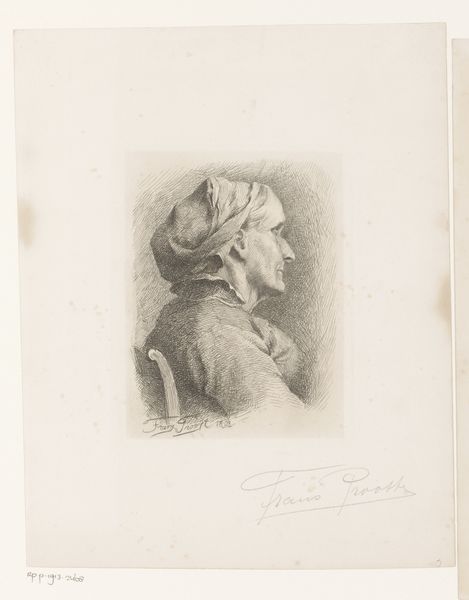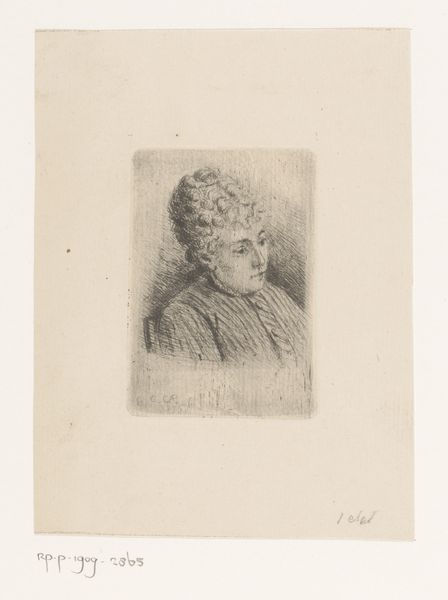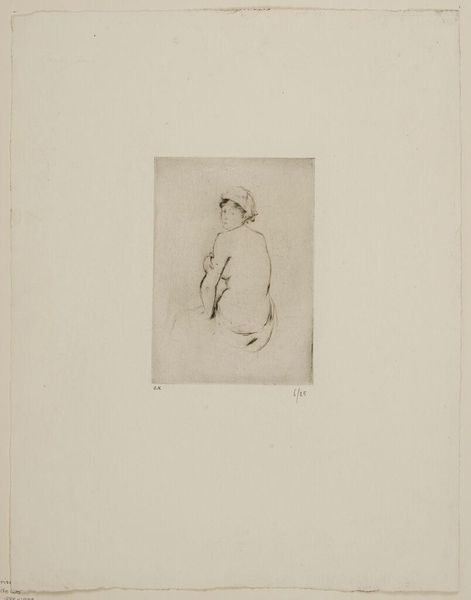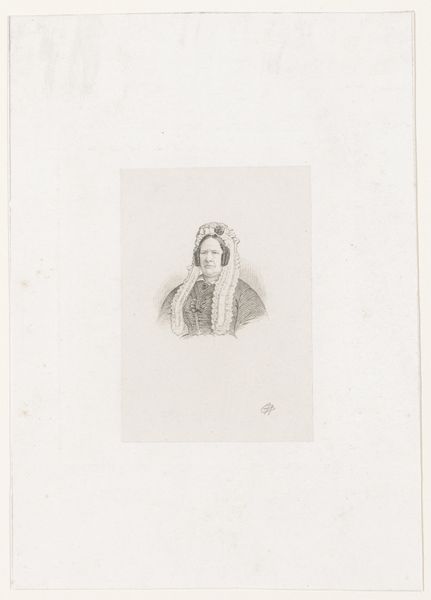
print, engraving
#
portrait
# print
#
old engraving style
#
engraving
#
realism
Dimensions: height 23 mm, width 19 mm
Copyright: Rijks Museum: Open Domain
Curator: This engaging piece is entitled "Head of a Man with Feathered Cap," created around 1778 by Jean-Pierre Norblin de la Gourdaine. It’s an engraving. Editor: There’s something so direct about it. Almost confrontational, but also approachable. A very honest face. What were these prints meant for, culturally speaking? Curator: These prints circulated within artistic and intellectual circles, acting as a form of visual shorthand, enabling the quick dissemination of ideas about identity, class, and character. Consider the period and the Enlightenment focus on cataloging human attributes, particularly visually. Editor: So it’s about documentation, but also about constructing and performing social identities? The feathered cap…that isn’t exactly everyday wear. It seems to signal something about this man’s aspirations, his desire to align himself with certain social or political ideals, and potentially wealth, especially given this piece exists in print form, widening its accessibility. What statement do you feel Norblin might have tried to make through it? Curator: I’d agree on aspirations being central, given it’s hard to ignore that this could be an exercise in costuming. His gaze projects the persona someone wants to project into the public eye. These types of prints facilitated self-expression. It also hints at how prints as a medium participated in a broader culture of observation, cataloging human diversity while contributing to discussions on social structures. Editor: That tension between individual expression and societal constraint really comes through, doesn’t it? It makes you wonder about the power dynamics at play—who gets to represent whom, and to what end? I can’t help but wonder about what wasn't revealed...and who benefits from those decisions? Curator: Indeed, a worthwhile reflection in approaching all visual records, not only from the 18th century, I should think.
Comments
No comments
Be the first to comment and join the conversation on the ultimate creative platform.
